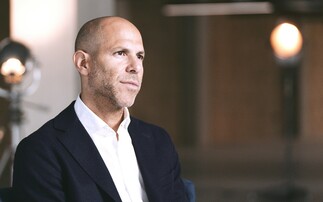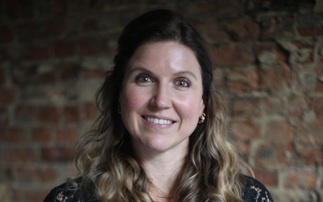Many people who have SIPPs already meet the minimum income requirement through other pensions such as historic final salary schemes. This can be a real benefit for those who need some extra income but want to preserve death benefits.
Barney was a member of a final salary scheme for a number of years early in his career before he decided to set up his own business.
The pension he built up was around £12,000 per year which, due to revaluation, is now worth £15,000 per year. Barney is 65 and has decided to start to wind down his involvement in his business and retire. He has a SIPP fund in excess of £500,000 invested in a number of asset classes.
Although his children are grown up and will be taking over the business when he retires, his long term partner is significantly younger than him and he is concerned that she needs to be protected in the event of his death. They currently have no intention of getting married.
Barney visits his adviser to discuss his options. In addition to the SIPP and the final salary scheme pension, he has just become entitled to his basic state pension. Having been contracted out or self-employed for most of his career, his state pension is in the region of £6,000 per year at outset.
Objectives
Due to the fact he is going to only reduce his involvement with the business initially, Barney makes it clear that the state pension and final salary pension will be more than sufficient to meet his needs this year.
Next year, Barney intends to reduce his working hours more significantly and wants to be able to take some extra income from his SIPP if he requires it.
He is concerned that, although his partner could support herself on his death, he wants as much of his SIPP to be left to her to do with as she sees fit. His children have been given the thriving company business and are not in need of further financial help.
Options
The adviser collects all relevant details and forms a recommendation for Barney based on his personal circumstances and other factors.
Capped drawdown from the SIPP was considered and the option of phasing the crystallisation. However, because Barney could meet the minimum income requirement with his final salary scheme and state pension, the option of flexible drawdown is open to him.
The adviser makes him aware that with flexible drawdown he could not make any further contributions. However, Barney had not planned on doing so anyway once he cuts back his hours, so the fact he will not be eligible to contribute further is not an issue in the long term.
It is recommended that Barney starts to plan, ready to be able to enter flexible drawdown in the next tax year.
To be eligible to enter flexible drawdown he must:
- receive secured pension income in excess of £20,000 in the tax year in which he makes the declaration; and
- cease contributions in the tax year prior to making the declaration.
Neither of these are an issue because he does not need to take flexible drawdown this year, but planning in advance is very important.
Barney decided that flexible drawdown is a good long term plan, such that he only crystallises the amount he needs - taking some as a pension commencement lump sum and some as taxed income.
The part of the SIPP which remains uncrystallised could be payable to his partner free from inheritance tax as a lump sum if Barney passed away prior to him reaching age 75.
Summary
Barney was unsure about his retirement, not wanting to stop working straightaway. He also had concerns about how he could leave his funds to his partner. His adviser showed him how flexible drawdown could be a solution.
Before
If Barney had chosen to use capped drawdown to take income from his SIPP he would have crystallised a large amount of his fund to take the required income.
After
By using flexible drawdown Barney has managed to protect the majority of his fund from tax charges should he pre-decease his younger partner by leaving them uncrystallised for longer.
Points to consider
Contributions
No contributions can be made in the tax year in which the flexible drawdown declaration is made or any subsequent tax years.
Minimum income requirement
The minimum income requirement can only be met with secure pension income such as:
- State pension
- Scheme pension, where there are more than 20 pensionable members
- Lifetime annuity; and
- Overseas equivalents of the above.
Case Study by Claire Trott, for more information please call Suffolk Life on 0870 414 7000 or e-mail, [email protected]












